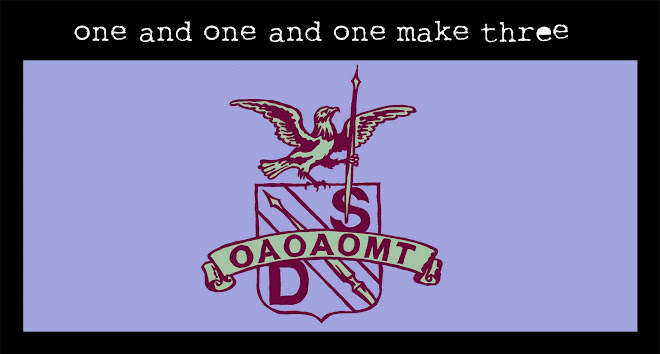
Today we’re lucky enough to have high quality recordings of concerts as early as hours after the show has ended. Mind you this is a relatively new experience, due to all the improvements in compact recording equipment and the availability of high speed internet connections. Fans can now sit and debate away on the quality of playing or the choice of song lists of any given show as early as the next morning. Bit torrents and music hosting sites have changed the sharing of live music forever.
The recording method of choice now is the “Matrix” mix, which incorporates a blending of a soundboard patch recording with another audience recording, which I feel gives a faithful representation of the show. McLovins fans are blessed with a few very good tapers, Keith who does audience recordings and Dave who I think also makes matrix mixes, but the best recordings in my opinion come from John the Taper. John utilizes a soundboard recording and a set of AKG mics and this gives the ambience of the audience recording with the pure board output sound. His Sully’s pub shows and the BlueBack square show from August are among the nicest sounding live shows I’ve heard in years. Some purists prefer the audience recordings which are much harder I feel to pull off well. Straight audience recordings have more obstacles to overcome, the conditions of the room, wind if it’s an outdoor show, and the screamer or whistler or talker who babbles away during the show. It amazes me when someone sees the mics and still acts like a moron, do they really think that someday they’re going to be sitting down listening to the show and turn to their pal with pride and say “that’s me whistling”? Soundboard recordings offer the truest representation of the music, unfortunately they are almost always clinical sounding and lack any real soul.

The Grateful Dead are the band most responsible for the advent of live taping. As early as the Ken Kessey acid Test shows of 1966, members of the band’s entourage were recording the shows so they could be played back later and analyzed in a clearer light , this led to the explosion in experimentation and improvisation that the band set upon. There then became a need to document the variations in the band’s live performance and stealth recording became the standard in the 1970’s. Many times you would see tapers sneak in taping equipment hidden in wheelchairs or taped to a pair of crutches, there were many ways to stealth tape a show. Finally in 1984 the Dead’s soundman Dan Healy opened up an authorized Taper’s section to allow tapers the chance to get it right and some amazing audience recordings soon followed.

Here’s where I show how old I am getting, I got my first tape trading list from the back pages of Dead Relix as it was called in 1979. It was the “Acme” list of 10 shows, I think I sent off 30 blank maxells and about 3 weeks later got 20 tapes back in the mail. Now there were loose group of traders in the classified ads of Golden Road and Relix, and all you had to do is offer to trade, and somebody would take you up on your offer. The next step in tape trading came with the B&P, where you would send your blank tapes and return postage in a package and some kind person would copy over a show for you. Vines were where someone would send off a show in the mail, you would dupe the cassettes and send them to the next person on the list eventually the interest in the vine would die off and the last person to get it would gift it to someone. All of these trading methods relied on the honor system and for the most part, worked well. This type of trading ran into the late 90’s and early part of this decade with the only real change in the format being from cassette tapes to cd’s. In 2003 the advent of Bit torrent and p2p sharing protocals changed the hobby forever. We now have an embarrassment of riches musically speaking, the choice of a band to be taper friendly seems to do nothing to diminish their music sales. The bands that allow their shows to be tape end up developing a fervent fan base and they allow the connection between themselves and audience to be so much stronger.




























